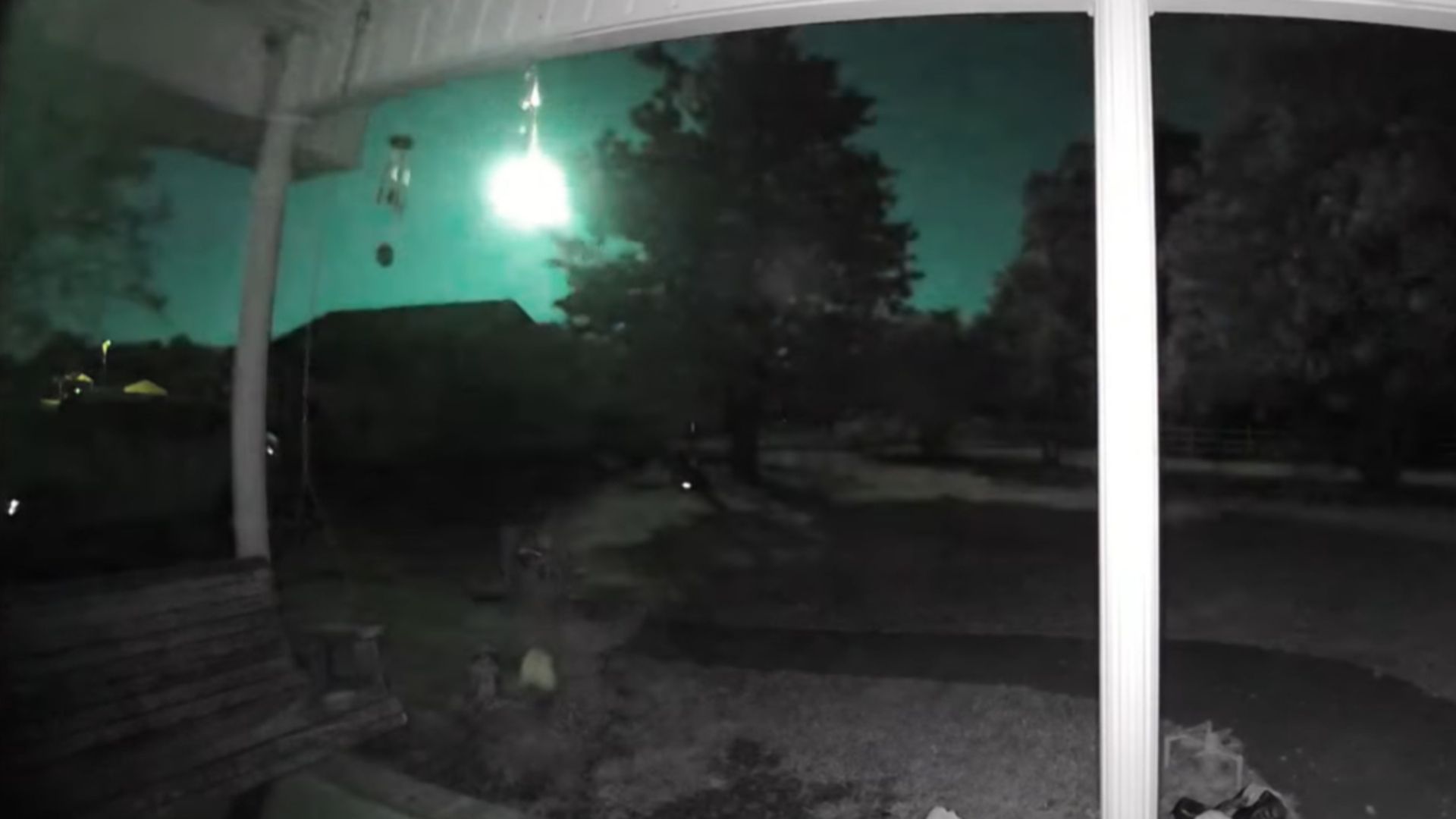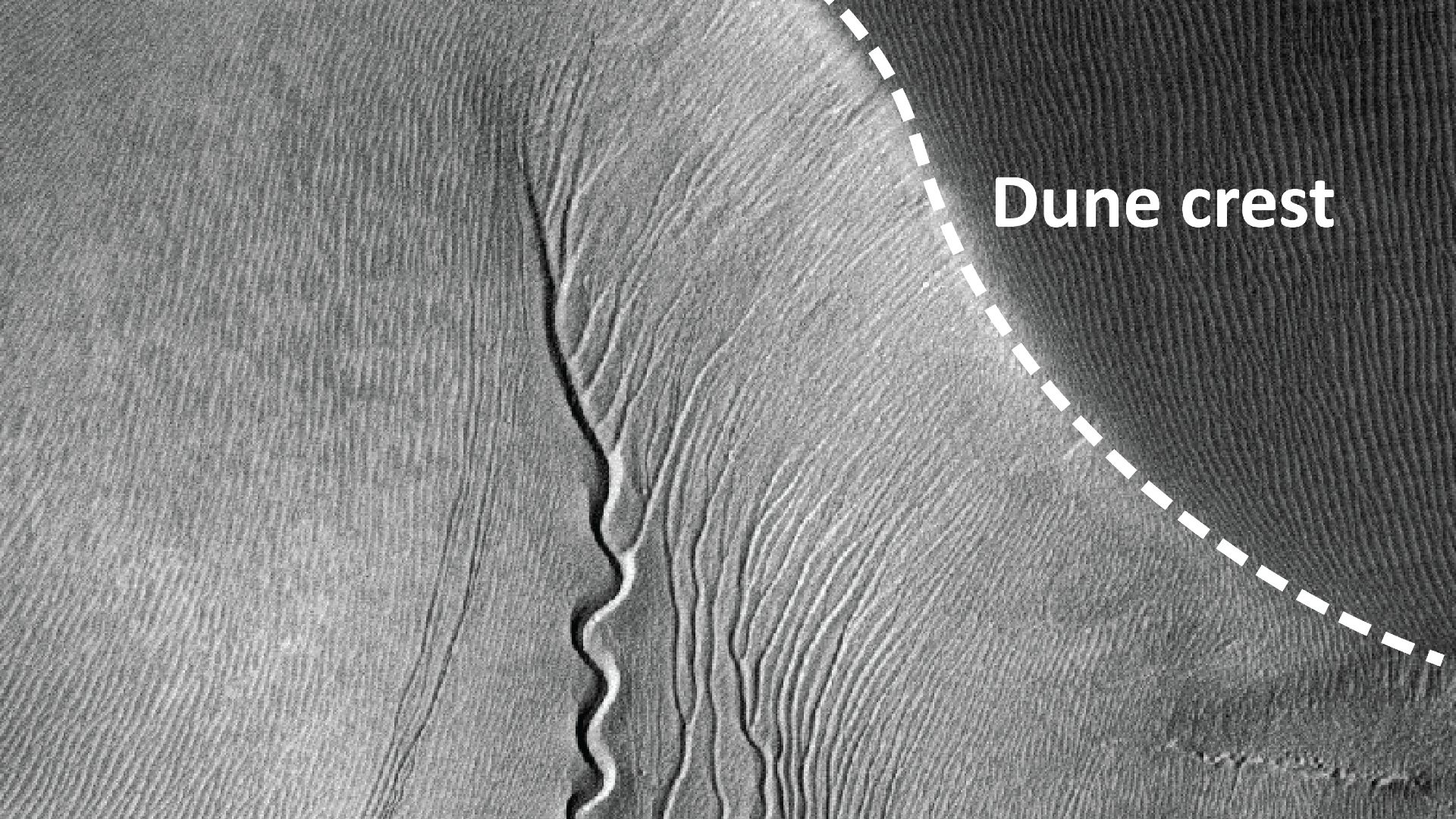This July, skywatchers across Southern California are in for a remarkable sight as the crescent Moon and Mars converge in a rare astronomical pairing. According to National Geographic’s July 2025 night sky guide, this event is part of a particularly rich calendar of cosmic activity that includes meteor showers, supermoons, and other visible planetary movements. Among these, the Moon–Mars conjunction stands out—not for its rarity alone, but for its clarity and elegance. On July 28, just after sunset, anyone looking westward will be treated to the visual illusion of the Moon and the Red Planet standing side by side in the sky, glowing in stark but beautiful contrast.
A Twilight Dance Between Two Worlds
The celestial alignment will become visible roughly 45 minutes after sunset, when the Sun has dipped far enough below the horizon to allow fainter bodies to emerge. At that time, the crescent Moon will cast its usual silvery light, while Mars—smaller and redder—will appear close by, slightly lower in the sky. To the casual observer, it will look like a delicate cosmic pairing suspended above the Earth. This kind of alignment is known as a conjunction, where two bodies in the sky appear to come close together from our point of view on Earth. From Los Angeles and nearby regions, the event should be visible with the naked eye, best observed from spots with a clear view to the west—think beaches, hilltops, or city overlooks. The result is a dramatic twilight encounter, best appreciated in silence and stillness.
How Conjunctions Work and Why This One Matters
Conjunctions between the Moon and Mars aren’t unheard of, but not all are worth watching. What makes this particular one so visually compelling is the combination of Mars’s deep orange glow and the slender Moon, which will only be partially lit. Their brightness levels and contrasting colors make them easy to distinguish, even in twilight conditions. In astronomical terms, conjunctions are about line-of-sight alignments rather than physical proximity, but they still help observers understand orbital mechanics and planetary motion. Events like these offer a clear, elegant example of how bodies move through the ecliptic plane, which is the apparent path the Sun takes through the sky. For educators and astronomers, it’s a teachable moment. For everyone else, it’s a cosmic spectacle that doesn’t require equipment or expertise to enjoy.
Viewing Tips for the Best Experience in Southern California
To get the best view, timing and location are key. On July 28, aim to be settled into a good viewing spot by 8:15 p.m., shortly after sunset. Mars and the Moon will appear low on the western horizon, so avoid areas where buildings, trees, or hills block the view. While urban light pollution is always a factor in cities like Los Angeles, both the Moon and Mars are bright enough to be clearly visible even through moderate skyglow. Equipment like binoculars or a small telescope can certainly enhance the experience—especially if you want to glimpse Mars’s faint disc or the Moon’s craters—but they’re not necessary. Smartphone cameras equipped with night modes may even be able to capture the event, especially with a tripod. For photographers, wide-angle compositions that frame the sky with silhouettes of local landmarks can create particularly stunning results.
Source link

